All Features

James Chan
Preventive maintenance (PM) is a proactive maintenance strategy built on calendar-based maintenance tasks, regular inspection, and preemptive repair of physical assets. Physical assets may refer to equipment, production machinery, and operational facilities. Preventive maintenance tasks are…

Katie Gilbert
Researchers at Stanford Graduate School of Business have pushed past the limitations of A/B testing into another area of experimentation focused on “multi-armed bandits.” Mohsen Bayati, a professor of operations, information, and technology who has been exploring these problems for the past 15…
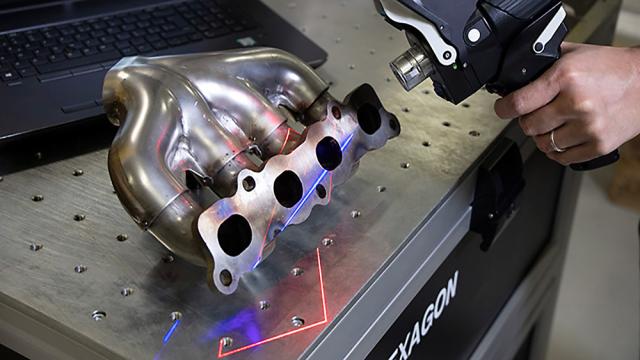
Anthony Vianna
Over the past decade, technological improvements have seen 3D laser scanning become an increasingly important alternative to tactile measurement in an expanding range of measurement applications.
The success of laser scanning owes as much to under-the-hood technologies that improve the usability…

Seunghak Lee
Global electric vehicle (EV) sales have been growing steadily and are expected to reach more than 17 million vehicles in 2028. The rapid shift toward EVs means that new inspection solutions are needed to ensure the quality of critical components. For electric cars, these components include the…

Michael Sharp
American manufacturing is associated with high-quality standards that are meant to ensure both the reliability and longevity of the products produced. Manufacturers across all industries are looking for technological solutions and enhancements to continue to meet these high-bar standards and to…

Henry A. Zumbrun
We’ve been asked by customers how many decimal places are enough. It’s either because they want to maximize the resolution of their purchase or they expect far more resolution from the equipment than is reasonable.
We’ve seen a lot, even a meter being set to read 100,000.001. That’s 100 million…
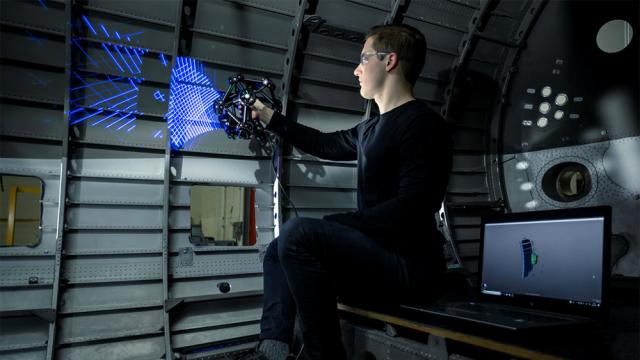
Simon Côté
Integrating 3D scanning technology into quality control processes can be challenging. It requires balancing the need for cost-effective, scalable solutions with long-term effectiveness.
We’ve compiled a list of our best tips to help you choose a 3D measurement technology that meets your current…

Harish Jose
In this article, I’m looking at the relationship between capability index (Cpk or Ppk) and tolerance intervals. The capability index is tied to the specification limits, and tying this to the tolerance interval enables us to use the confidence/reliability statement allowed by the tolerance interval…

Donald J. Wheeler
One hundred years ago this month, Walter Shewhart wrote a memo that contained the first process behavior chart. In recognition of this centennial, this column reviews four different applications of the techniques that grew out of that memo.
The first principle for interpreting data is that no data…
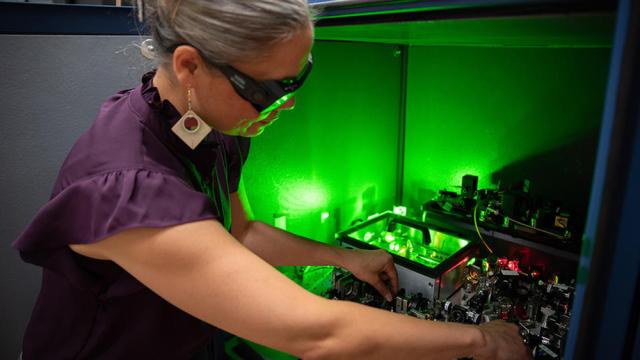
Tara Fortier
Recently, you’ve probably seen the word quantum used everywhere—in computing, in names for tech companies, and maybe even for explanations of love and consciousness.
So what is quantum? What is quantum technology? And is it worth all the hype?
First of all, what is quantum?
Quantum, often called…

George Caceres
Because I’m a microplastics researcher, my friends sometimes jokingly ask me, “How many microplastics do you think I consumed this week?”
I can’t give an exact answer. Unfortunately, it’s not zero.
Microplastics—the tiny plastic particles that break down from plastic products—are everywhere. And…

Aziz Tahiri
The aerospace industry is constantly innovating and pushing the limits of what’s possible. This puts a lot of pressure on manufacturers to ensure their airplanes are top-notch in quality, safety, and efficiency. To meet these demands, the industry is undergoing a significant transformation,…

Del Williams
In the food industry, it’s common for processors to test—and even retest—their products on the conveyor systems they are considering purchasing. After all, every food product or raw ingredient has distinct characteristics that will determine how it behaves under the stresses and pressures of…

Antonio Possolo
If a traveler from Germany goes to Vietnam and falls ill, the results of their blood test there should be as meaningful as if the test were taken at home. If a Japanese airliner lands in Argentina and needs a part, that part needs to be installed using properly calibrated tools.
Commerce, science…

Morehouse Instrument Co.
In the healthcare sector, precision isn’t just a requirement. It’s a necessity where the margins for error are perilously thin, and the consequences of inaccuracy can be grave. At the heart of this precision lies the unassuming yet critical load cell, a device whose reliability is foundational to…
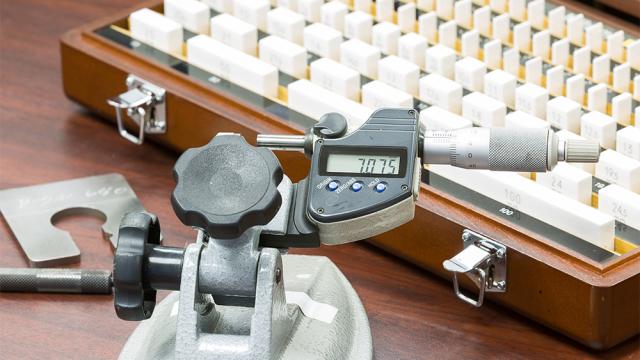
Henry A. Zumbrun
Calibration, a critical aspect of maintaining equipment precision, involves more than routine checks. It’s a complex decision-making process in which quality, lead time, and price are weighed. The belief that you must compromise on one to excel in the others is a common misconception in the…
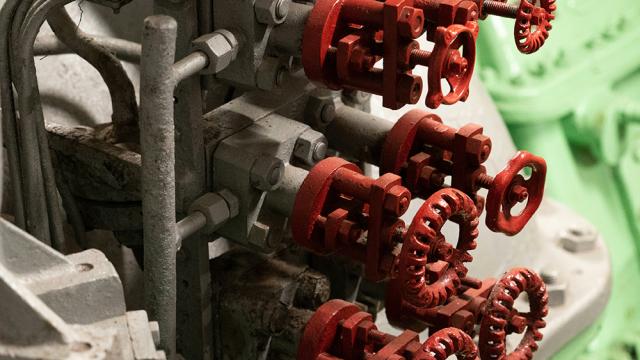
Douglas C. Fair, Scott A. Hindle
In less than two months we will celebrate the 100th anniversary of the invention of the control chart, a tool most often associated with statistical process control (SPC). Considering SPC from our modern perspective made us ask, “Is SPC still relevant?”
It’s a question asked within the purview of…

Adam Zewe
If a robot traveling to a destination has just two possible paths, it only needs to compare the routes’ travel time and probability of success. But if the robot is traversing a complex environment with many possible paths, choosing the best route amid so much uncertainty can quickly become an…
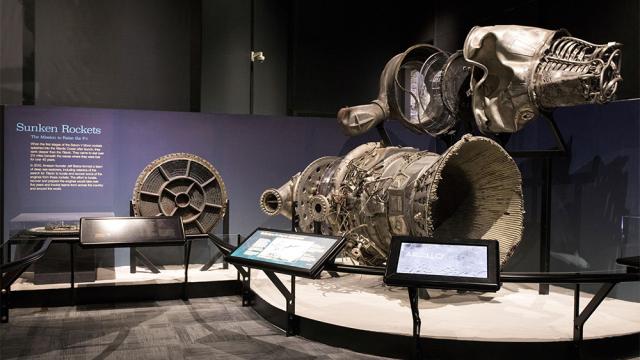
Adam Creuziger
Like many people, as a child I had dreams of flying into space as an astronaut. That interest in aerospace and space exploration has continued throughout my life.
So when my colleague Tim Foecke, who was working at the National Institute of Standards and Technology at the time, invited me to…

Ben P. Stein
Many critics and movie fans alike name 1981’s Raiders of the Lost Ark as one of the best films of all time. But watching the movie as a 12-year-old, I didn’t realize that it has what some consider to be a major flaw, pointed out in a 2013 episode of The Big Bang Theory.
As the argument goes,…
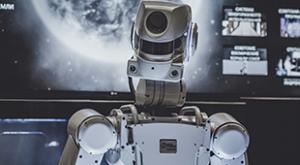
Matthew Greenwood
The next frontier for industrial digitization and automation is the convergence of artificial intelligence (AI) and machine vision.
AI-powered machine vision promises to transform the way industrial manufacturers conduct their business, according to experts at a recent webinar hosted by the…
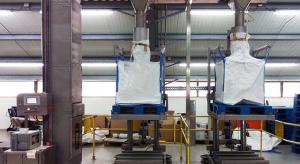
Del Williams
Manufacturers in the food and beverage sector continually seek methods to boost their operational efficiency and are prepared to invest in superior machinery when the expected returns justify the expenditure. However, the potential advantages of upgrading bulk bag filling systems are frequently…

Jamie Fernandes-ETQ
Generative AI took the world by storm in 2023, from the classroom to the film studio, and the writer’s bench to the White House. Enterprises and creative industries worked to figure out how to leverage it in their operations, while classrooms and government entities struggled to govern its use.
In…
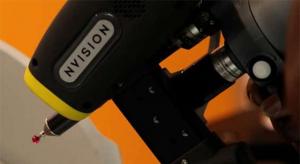
NVision Inc.
Air conditioning is hotter than ever—hot as in demand, a must-have, a comfort most of us want, and, with higher-trending temperatures generating heat-related health issues, one that many can no longer live without.
NVision, a leader in 3D noncontact optical scanning and engineering, has worked…
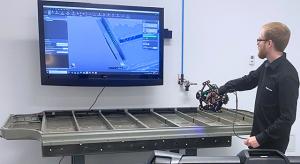
Patrice Parent
Battery trays are structural elements that enclose and safeguard the battery modules and their supporting electrical and thermal management systems. Battery modules must precisely fit into the battery tray, which must fit seamlessly within the vehicle's chassis.
Variations in tray dimensions can…